Disclaimer: I understand that it is not valid HTML. I am trying to understand why is it not allowed?
W3C suggests that an interactive element like button or a mustn't contain another interactive element.
I could find a lot of resources mentioning this rule and some workarounds, also some resources related to how this impacts accessibility and screenreaders, but almost all of those resources talk about the fact that this is a requirement but do not explain why.
https://adrianroselli.com/2016/12/be-wary-of-nesting-roles.html
https://codepen.io/vloux/pen/wXGyOv
Nesting <a> inside <button> doesn't work in Firefox
https://github.com/dequelabs/axe-core/issues/601
I wasn't really able to find an explanation for why is it not allowed? does it lead to any usability problems?
This is a related question: Why should interactive element not be used within an anchor?
The accepted answer is satisfactory but is not enough to make this rule a requirement. The described situation can be avoided using proper event handling.
Also, if nested interactive content is invalid, how are we supposed to have something like this:
A card which is clickable as a whole, and also has a clickable secondary CTA inside it. I know a workaround would be to have a primary and secondary CTA inside the card, but shouldn't the above be allowed as well?
Here is a fiddle: https://jsfiddle.net/t9qbwas5/2/
<button type="button" class="card">
The card itself is the primary CTA.
<br/>
<br/>
some important content to read through.
some important content to read through.
some important content to read through.
<div class="cta">
Secondary CTA
</div>
</button>
.cta {
padding: 4px;
background: #00a9a9;
color: white;
width: 80px;
margin: auto;
margin-top: 8px;
margin-bottom: 8px;
}
.card {
width: 200px;
display: flex;
flex-direction: column;
justify-content: center;
text-align: center;
}
 In the above example, I am achieving this by using a clickable div inside the button, but that is not semantic (?) and also functionality wise, it is an interactive element inside another one. I am trying to understand that even if I use this workaround, is it fundamentally wrong to have nested interactive elements? is it a bad design/usability practice?
In the above example, I am achieving this by using a clickable div inside the button, but that is not semantic (?) and also functionality wise, it is an interactive element inside another one. I am trying to understand that even if I use this workaround, is it fundamentally wrong to have nested interactive elements? is it a bad design/usability practice?
 ]
]